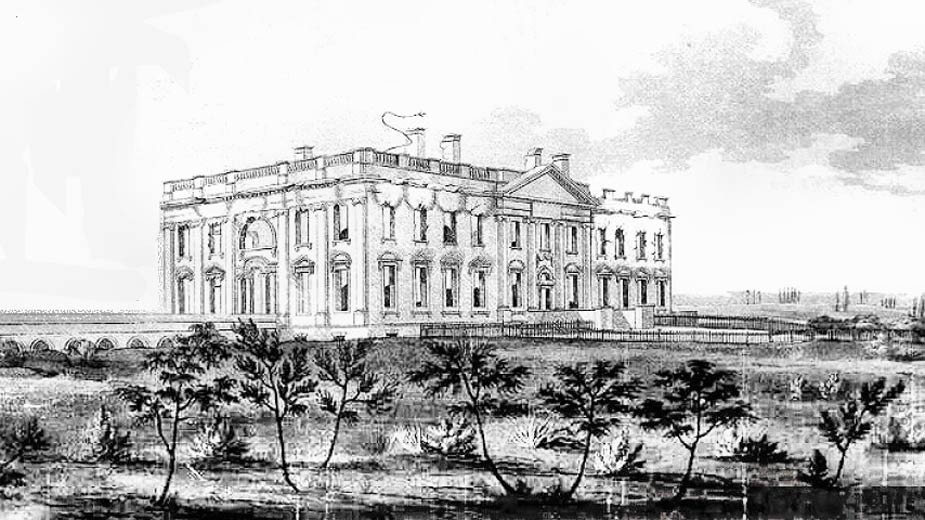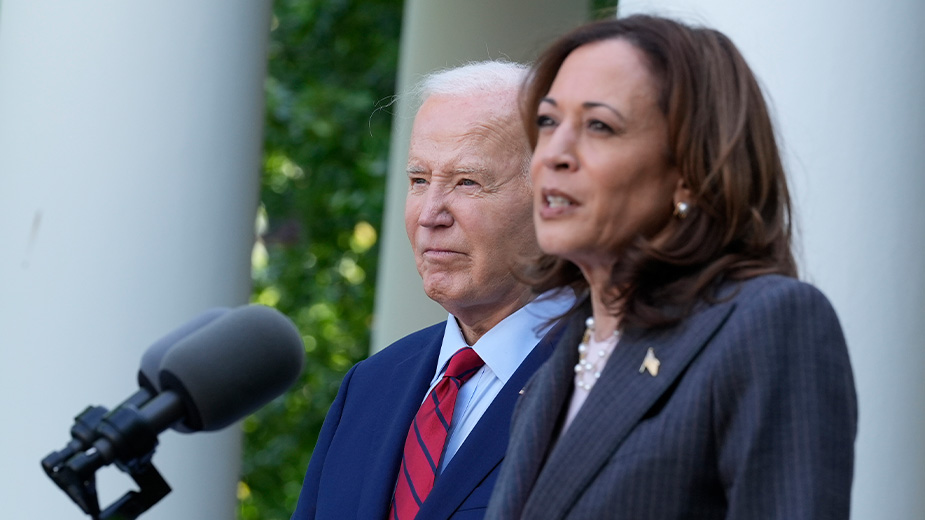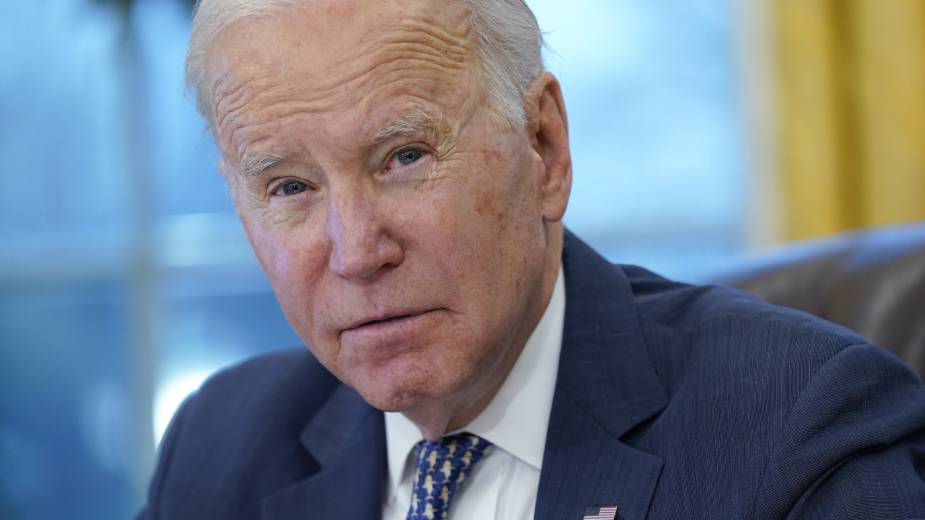On Inauguration Day, A White House History Lesson
YOUNGSTOWN, Ohio — The swearing in of Donald J. Trump as the 45th president today and newest occupant of the White House is the beginning of the latest chapter of the best-known residence in America.
“What’s about to happen — and what happens every four years or eight years when an administration changes — is nothing short of miracle,” said Kimberly Kenney Thursday during her presentation of “The People’s House: A History of the White House” at the Mahoning Valley Historical Society.
Her lecture was part of the society’s “Bites and Bits of History” series.
“The new president comes to meet with the outgoing president, and they leave to go to the swearing-in ceremony, and not one moving truck can be on the property until both of them leave,” she said. “By the time they get back that night, everything is put away in the new president’s drawers. His favorite foods are in the pantry. And it all happens like it was seamless.”
Since it was built in the late 1790s, the residence has been called the President’s Palace, the President’s House and the Executive Mansion. It wasn’t until Theodore Roosevelt became president in 1901 that it became known as the White House. The White House acts as an office, museum, historic landmark and home, Kenney said.
Only George Washington never lived in the White House. He died before the capital could be moved from Philadelphia to what eventually became known as Washington, D.C.
“He was the one, however, who planned what the White House was going to be,” Kenney emphasized. John Adams became the first president to live in the executive residence.
The near destruction of White House by the British during the War of 1812 was one of the most dramatic moments in White House history, but it’s mostly the presidents themselves who shaped the residence and set White House traditions.
Thomas Jefferson held the first inaugural ball in 1805 and he was the first to open the residence for public tours, a tradition that continues today.
“It’s the only private residence in the entire world that is open to the public, free of charge,” Kenney pointed out.
The structure has undergone several renovations that have resulted in the modern White House.
“President [Teddy] Roosevelt supervised the largest-scale renovation. It took a couple of years and transformed the White House into what we know today,” Kenney said.
First ladies have also left their mark on the White House. “Jackie Kennedy is the one who established the official Curator’s Office of the White House,” Kenney said. Because of Kennedy’s efforts, the residence is now “more like a museum.”
President Donald Trump and first lady Melania Trump could alter long-standing traditions, but only to a point.
“There are certain things you are allowed to do and certain things you’re not allowed to do,” Kenney said. “The White House is kind of governed by that White House Curator’s Office.”
The possibility that Trump might spend limited time living in the White House, however, would be a new development.
“There is not a precedent for a president not to live most of his time in the White House,” she said. “That will be an interesting new development to see how that works, because the staff is there regardless.”
Pictured: A depiction of the White House, circa 1800.
Copyright 2024 The Business Journal, Youngstown, Ohio.



